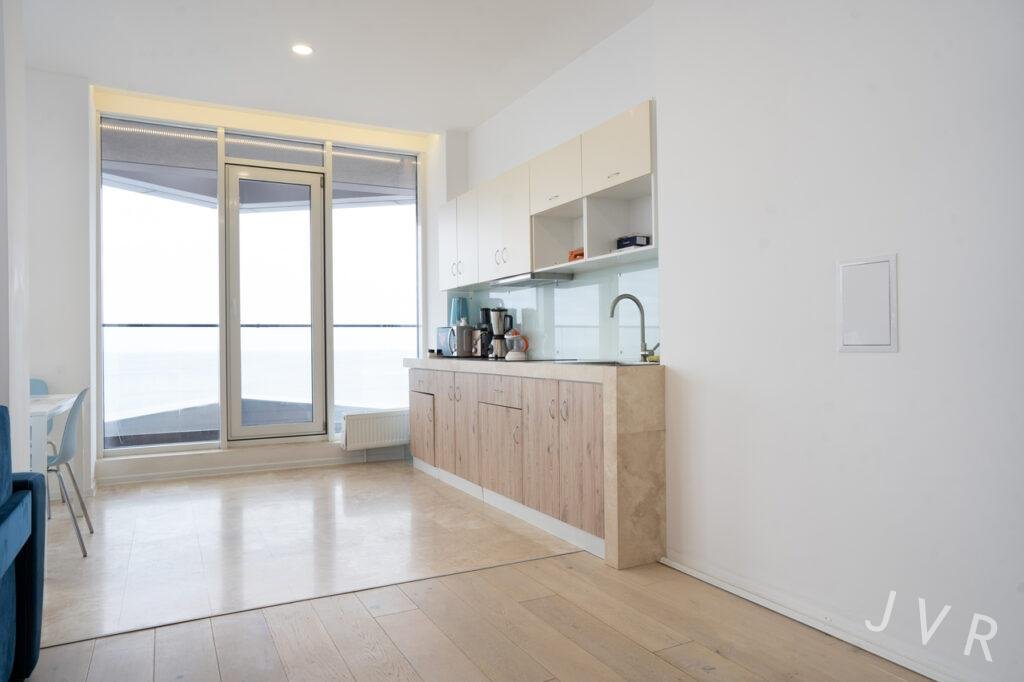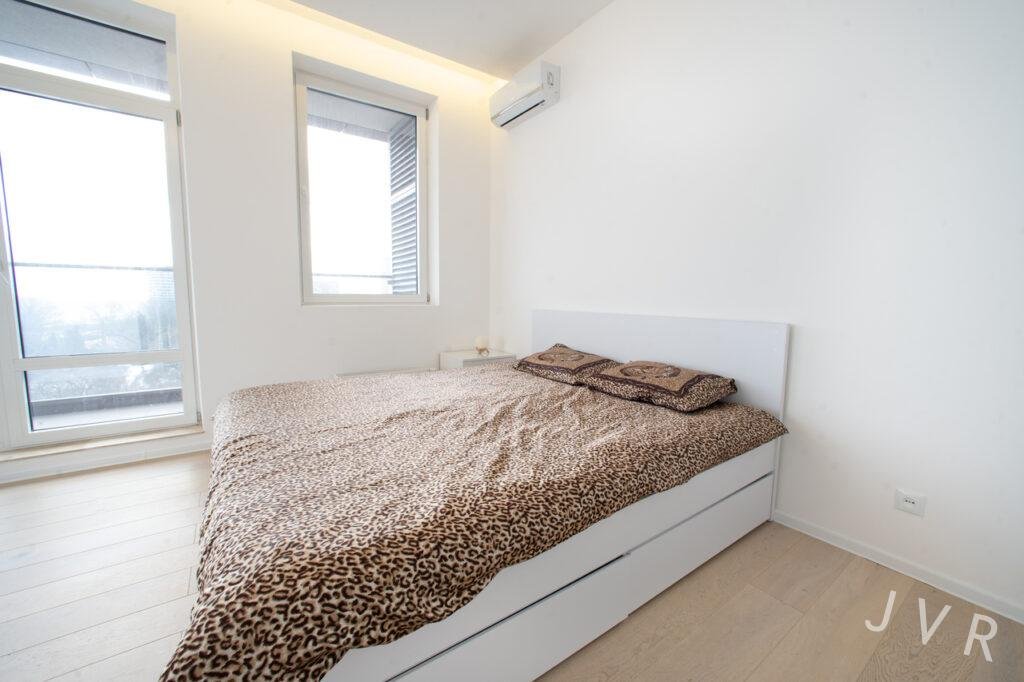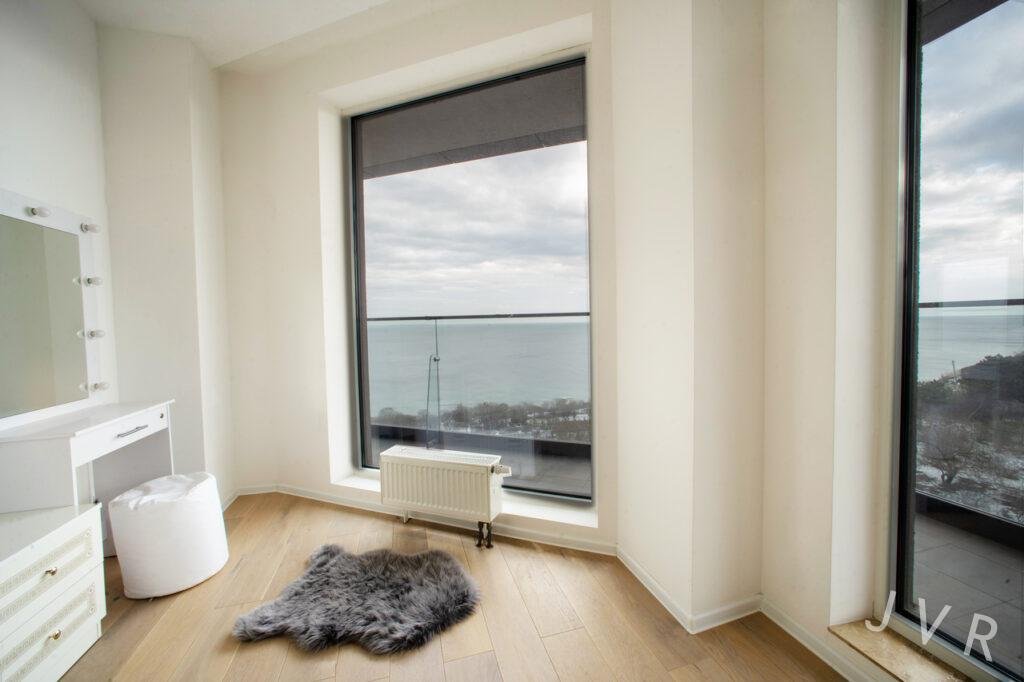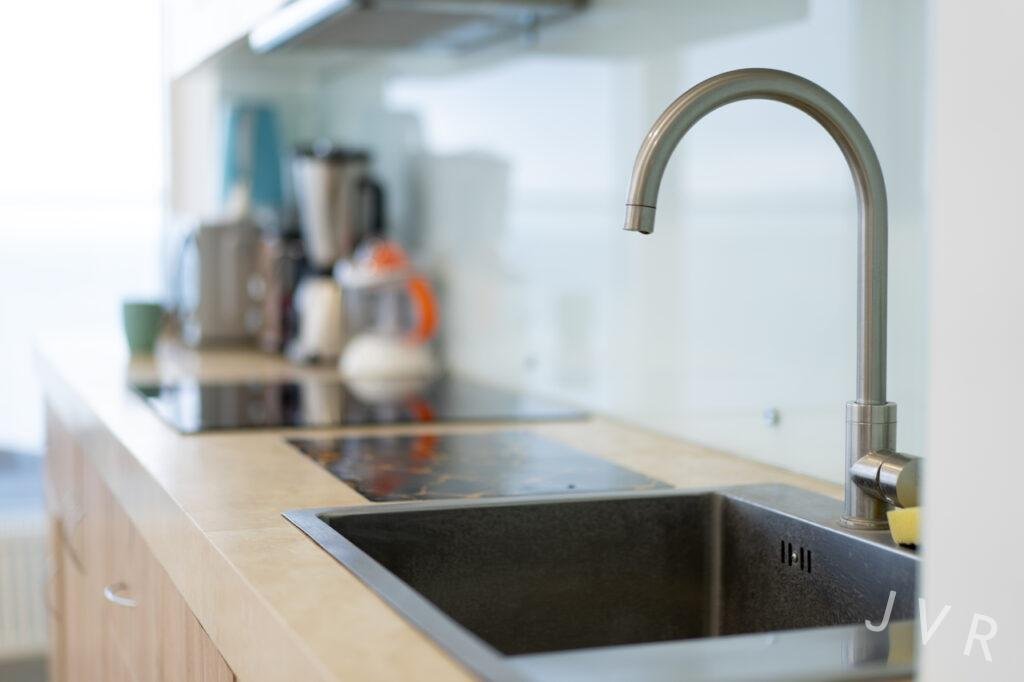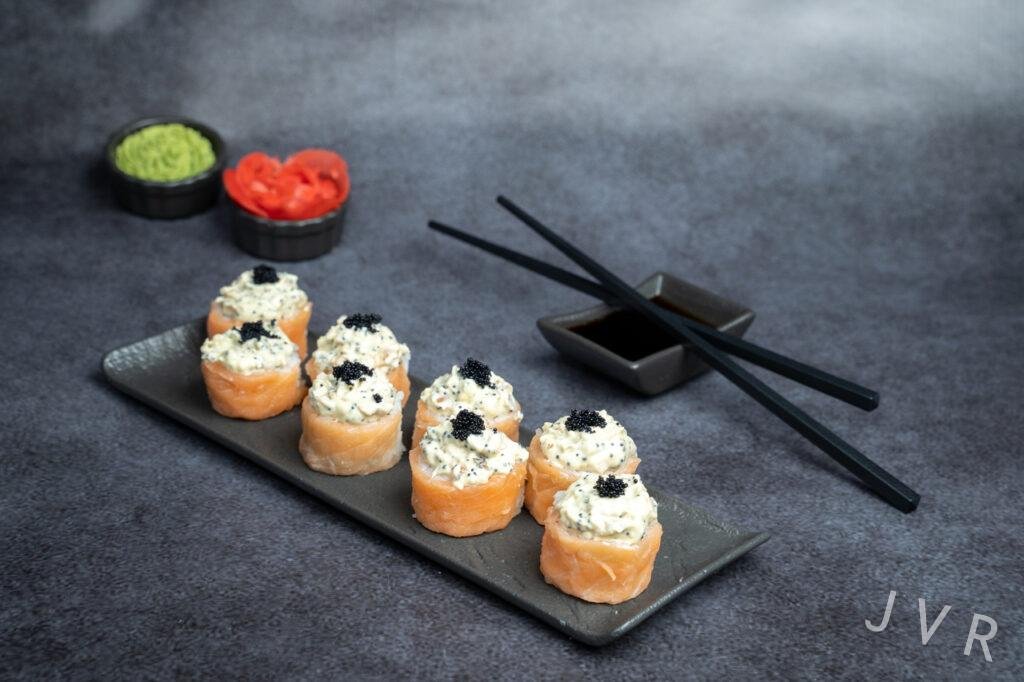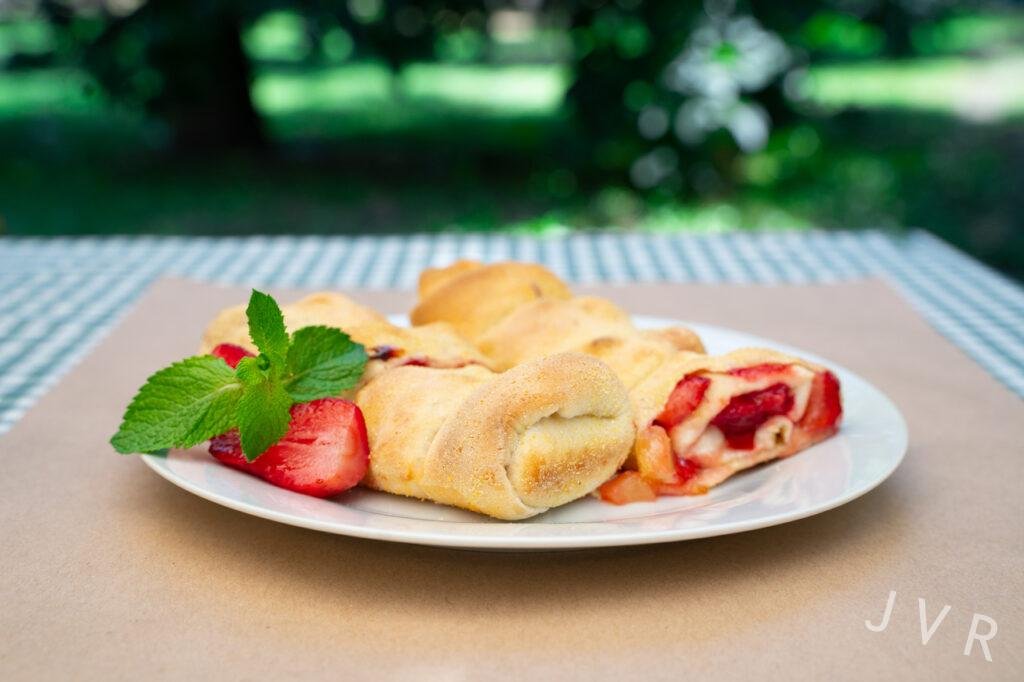Types of Lenses for Product Photography
1.Prime Lenses:
Description: Fixed focal length lenses known for their sharpness and wide apertures.
Popular Choices: 50mm, 85mm, and 100mm.
Pros: Excellent image quality, great for low-light conditions, beautiful bokeh (background blur).
Cons: Lack of zoom flexibility.
2.Macro Lenses:
Description: Designed for close-up photography with a 1:1 magnification ratio.
Popular Choices: 60mm, 90mm, 100mm, and 105mm.
Pros: Ability to capture fine details, ideal for small products like jewelry and electronics.
Cons: Typically more expensive, can have a shallower depth of field at close distances.
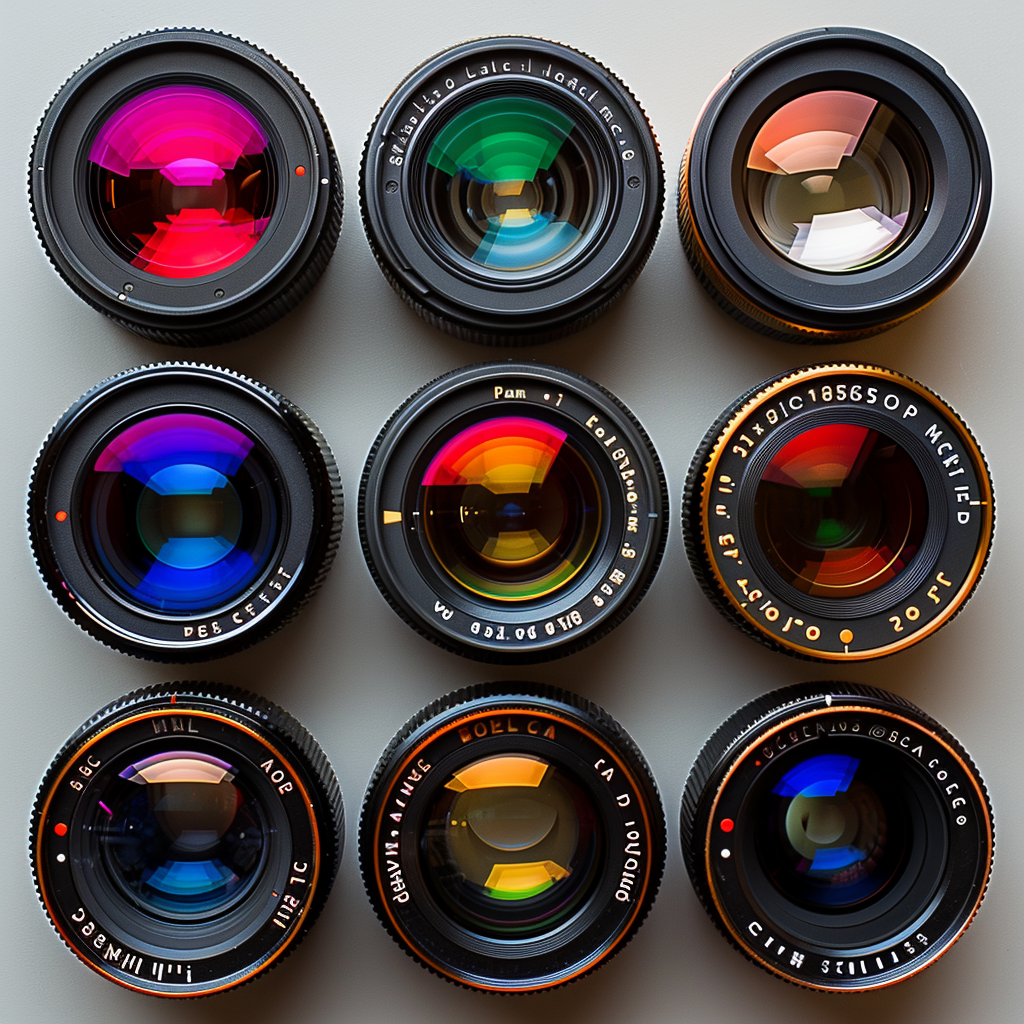
3.Zoom Lenses:
Description: Variable focal length lenses offering flexibility in framing.
Popular Choices: 24-70mm, 24-105mm, and 70-200mm.
Pros: Versatility, convenient for varying compositions without changing lenses.
Cons: Generally, not as sharp as prime lenses, especially at the extremes of the zoom range.
4.Tilt-Shift Lenses:
Description: Special lenses that allow for control over the plane of focus and perspective correction.
Popular Choices: 90mm and 45mm.
Pros: Corrects perspective distortion, useful for maintaining focus across the entire product, ideal for architectural product shots.
Cons: Expensive and requires a learning curve.
HOW TO CHOOSE THE RIGHT LENS FOR PRODUCT PHOTOGRAPHY
1.Consider the Product Size:
Small Products: Macro lenses are ideal for capturing intricate details.
Larger Products: Standard prime lenses (50mm, 85mm) or zoom lenses (24-70mm) can work well.
2.Desired Composition and Framing:
Close-Ups and Details: Macro lenses provide excellent magnification and detail.
Versatile Framing: Zoom lenses offer flexibility for different compositions without moving the camera.
3.Lighting Conditions:
Low Light: Lenses with wide apertures (f/1.4, f/1.8) allow more light and help achieve better results in low-light conditions.
4.Depth of Field:
Shallow Depth of Field: Wide aperture prime lenses (e.g., 50mm f/1.4) create a pleasing background blur.
Greater Depth of Field: Macro lenses can be stopped down (e.g., f/8, f/11) to ensure the entire product is in focus.
5.Budget:
Affordable Options: Prime lenses like the 50mm f/1.8 are generally more affordable and offer excellent image quality.
Higher Budget: Investing in a quality macro lens or tilt-shift lens can provide specialized features for high-end product photography.
RECOMMENDED LENSES FOR PRODUCT PHOTOGRAPHY
1.Canon EF 100mm f/2.8L Macro IS USM:
Features: 1:1 magnification, image stabilization, excellent sharpness.
Ideal For: Detailed product shots, especially small items.
2.Nikon AF-S VR Micro-Nikkor 105mm f/2.8G IF-ED:
Features: Vibration reduction, 1:1 magnification, nano crystal coat.
Ideal For: Jewelry, small electronics, and detailed textures.
3.Sony FE 90mm f/2.8 Macro G OSS:
Features: Optical SteadyShot, high sharpness, 1:1 magnification.
Ideal For: Close-up and detailed product photography.
4.Sigma 24-70mm f/2.8 DG DN Art:
Features: Versatile zoom range, constant f/2.8 aperture, excellent image quality.
Ideal For: Larger products, varied compositions, general product photography.
5.Canon TS-E 90mm f/2.8 Tilt-Shift:
Features: Tilt-shift capabilities for perspective control, high sharpness.
Ideal For: Controlling perspective distortion, detailed product shots.
Conclusion
Choosing the right lens for product photography depends on the type of products you are photographing, the level of detail required, and your budget. Prime and macro lenses are excellent for achieving sharp, detailed images, while zoom lenses offer versatility. Tilt-shift lenses provide unique advantages for controlling perspective and depth of field. By considering these factors, you can select a lens that enhances your product photography and meets your specific needs.


































